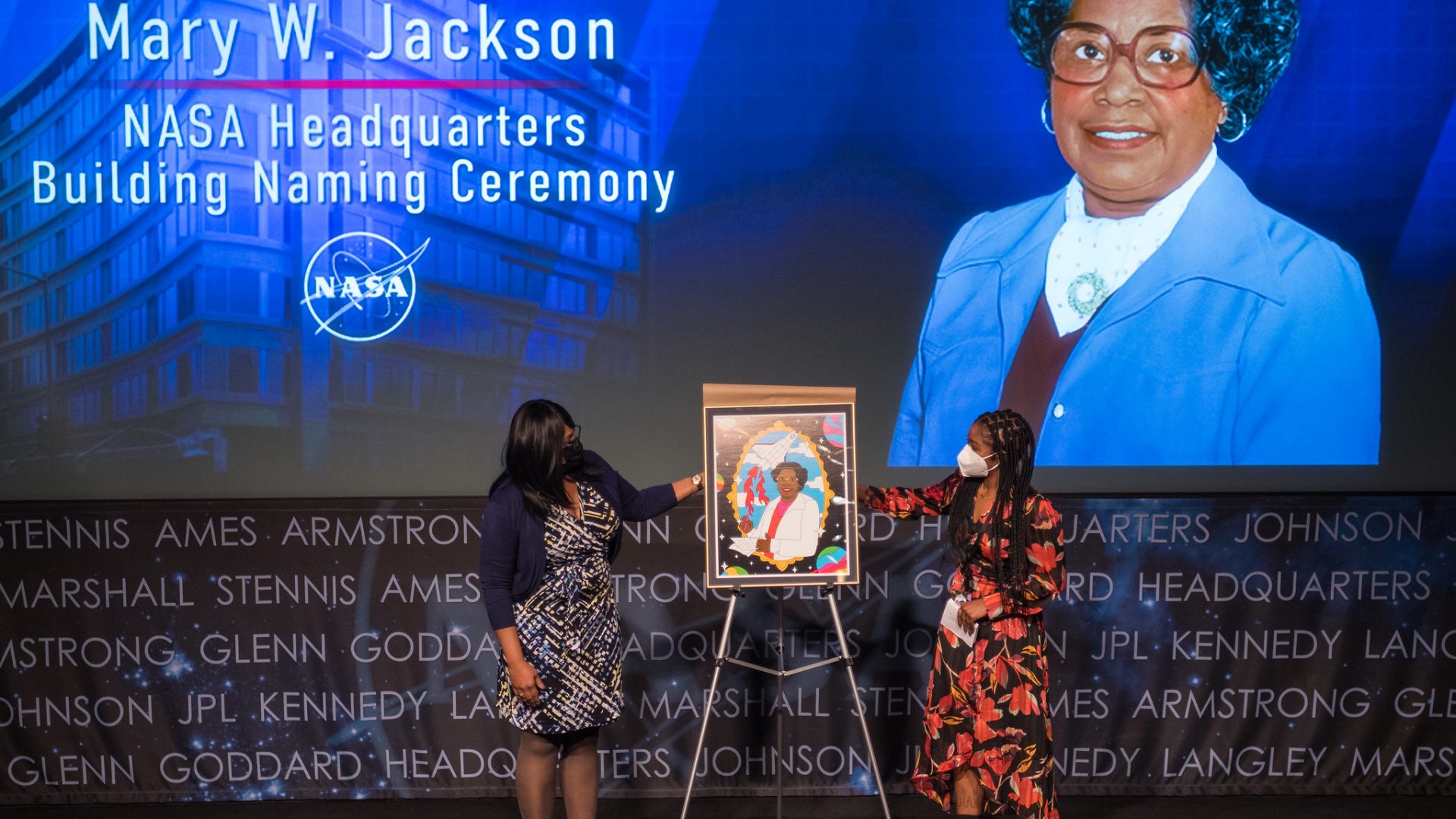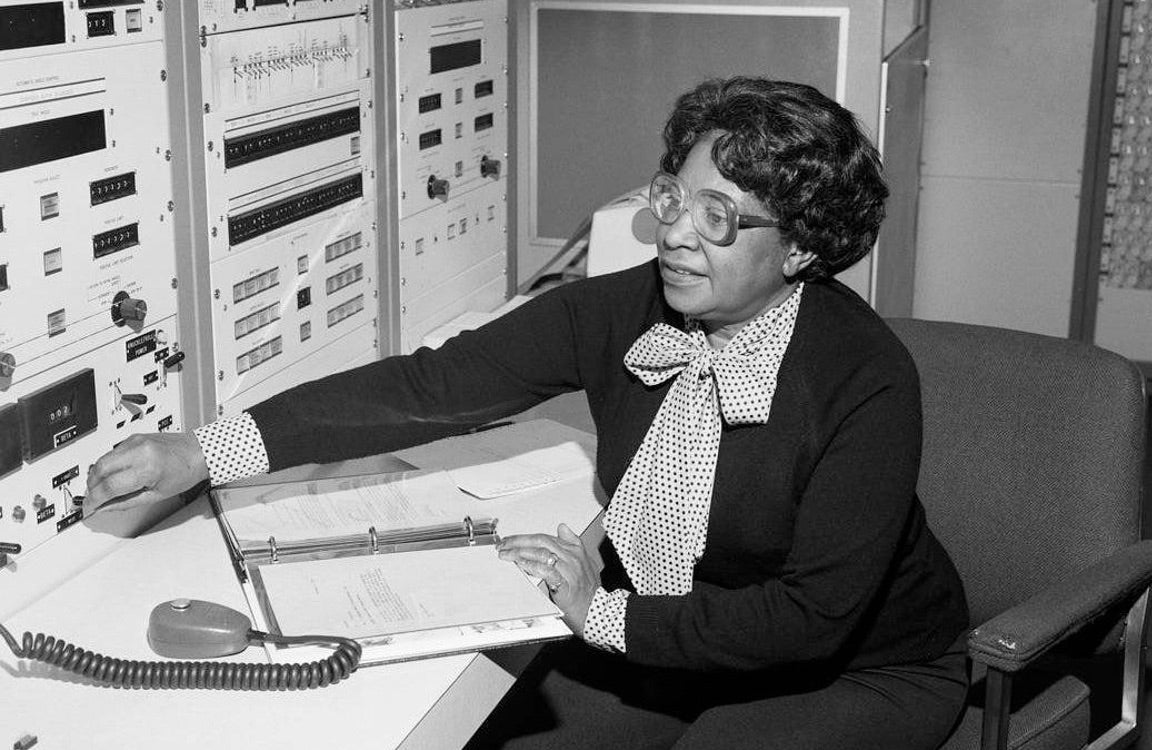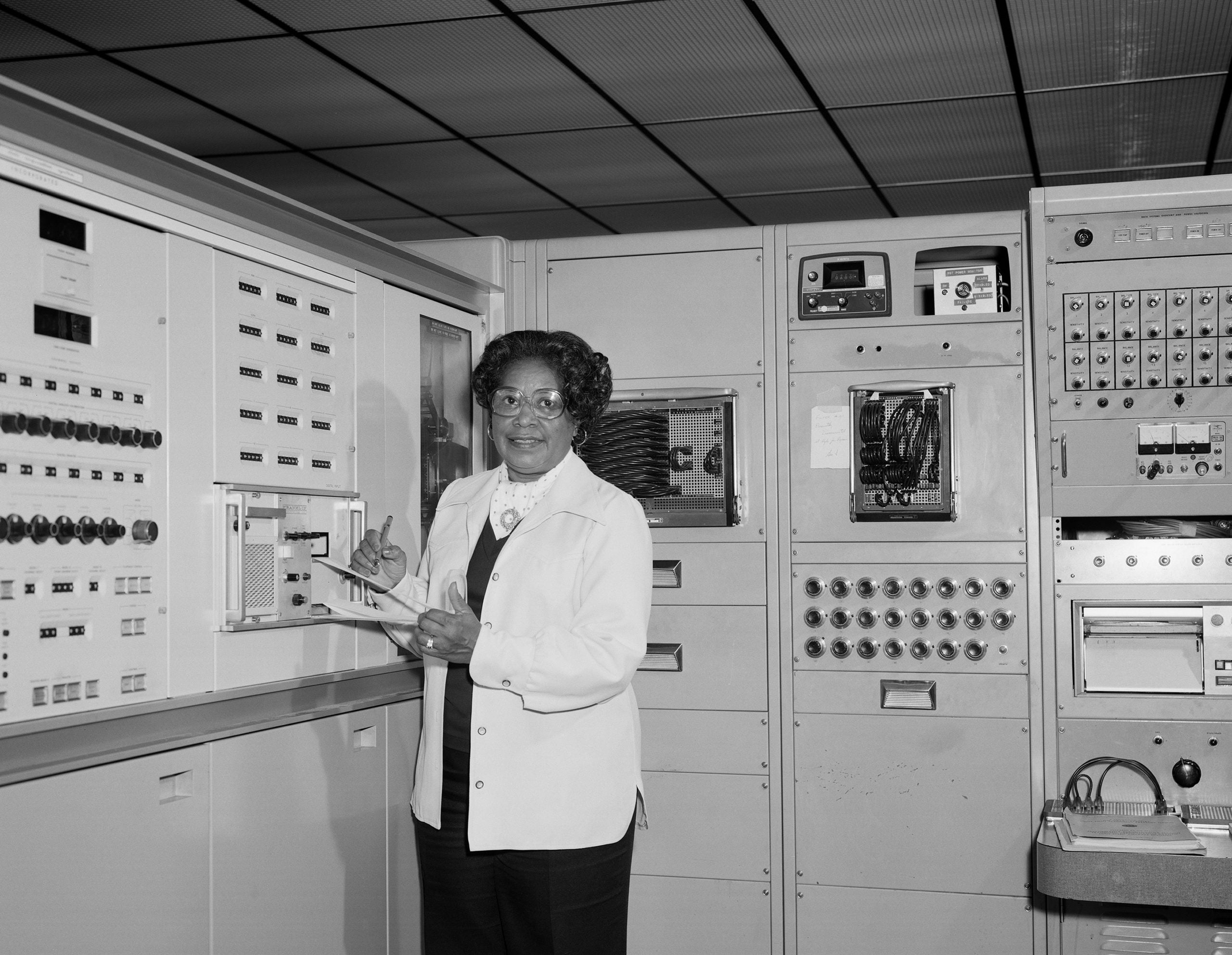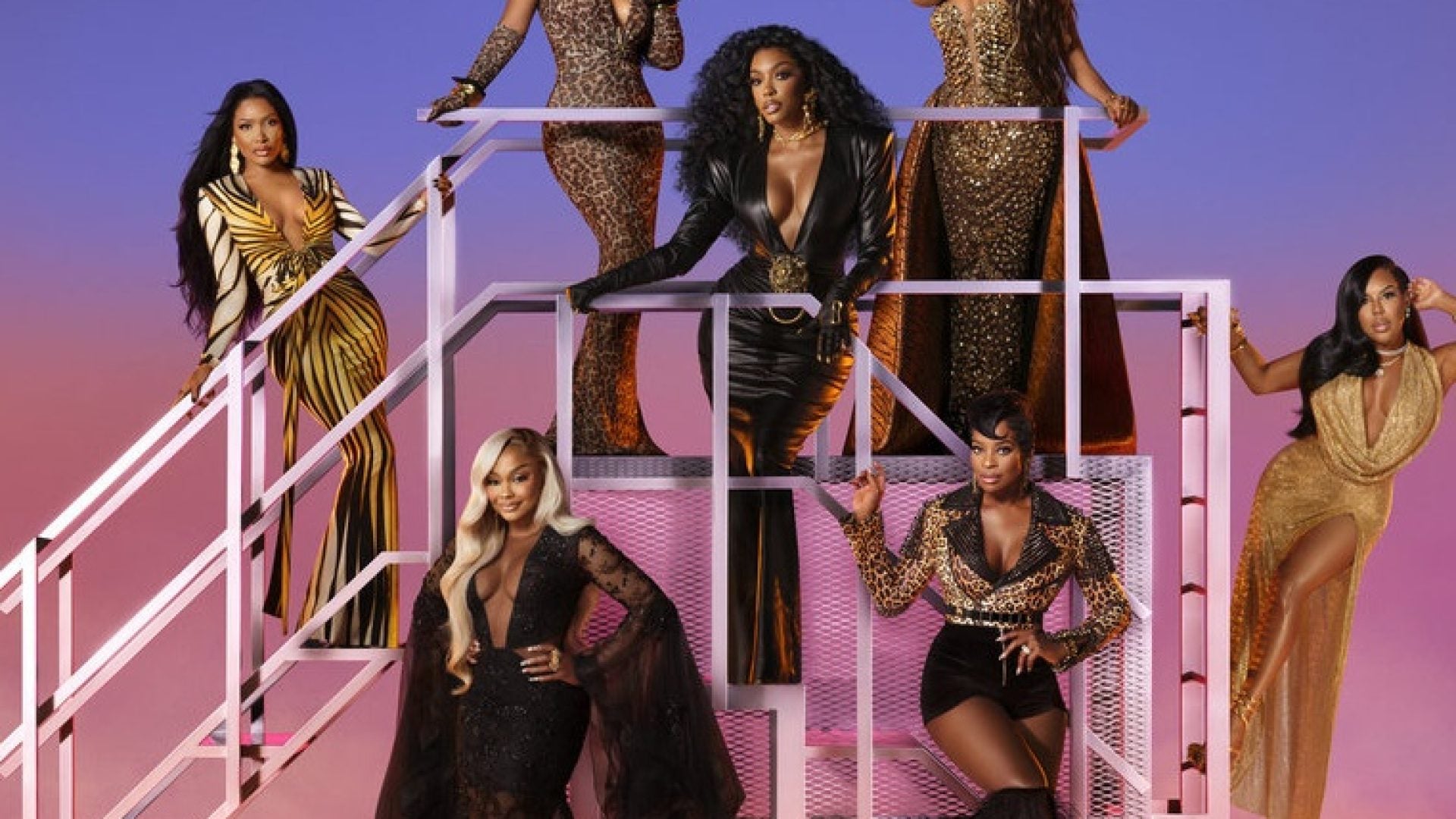
NASA is paying tribute to Mary W. Jackson, its first African American female engineer. As Black History Month wound down on Friday, the agency formally named its Washington, D.C. headquarters in her honor.
“With the official naming of the Mary W. Jackson NASA Headquarters, we ensure that she is a ‘hidden figure’ no longer,” said acting NASA Administrator Steve Jurczyk in a statement. “Jackson’s story is one of incredible determination. She personified NASA’s spirit of persevering against all odds, providing inspiration and advancing science and exploration.”
Jackson died in 2005, at the age of 83, after living a life of excellence. She began working at the National Advisory Committee for Aeronautics (NACA)—the forerunner of NASA—back in April 1951. Her initial role was as a so-called “human computer” within the segregated West Area Computing Unit of what became NASA’s Langley Research Center in Hampton, Virginia.

The work of Jackson and others in Langley’s West Area Computing Unit garnered national attention in Margot Lee Shetterly’s groundbreaking 2016 book Hidden Figures: The American Dream and the Untold Story of the Black Women Mathematicians Who Helped Win the Space Race. The book was optioned into a popular movie that same year, with award-winning actress Janelle Monáe playing Jackson’s character.
In 2019, Jackson, along with her fellow “Hidden Figures,” Katherine Johnson, Dorothy Vaughan, and Christine Darden, were posthumously awarded the Congressional Gold Medal—America’s highest civilian award—for their work. Last year, NASA announced its intent to name the building the Mary W. Jackson NASA Headquarters.
Born and raised in Hampton, Virginia, Jackson initially worked as a math teacher in Calvert County, Maryland, and held jobs as a bookkeeper and a U.S. Army secretary before beginning her aerospace career. In 1942, she received a Bachelor of Science degree in mathematics and physical science from then Hampton Institute, now Hampton University.
After two years in the computing pool at Langley, Jackson received an offer to work in the 4-by-4-foot Supersonic Pressure Tunnel, a 60,000-horsepower wind tunnel capable of blasting models with winds approaching twice the speed of sound. There, she received hands-on experience conducting experiments. Her supervisor eventually suggested she enter a training program that would allow Jackson to earn a promotion from mathematician to engineer. Because the classes were held at then-segregated Hampton High School, Jackson needed special permission to join her white peers in the classroom.
Jackson completed the courses, earned the promotion, and in 1958 became NASA’s first African American female engineer. For nearly two decades during her engineering career, she authored or co-authored numerous research reports, most of which focused on the behavior of the boundary layer of air around airplanes. In 1979, she joined Langley’s Federal Women’s Program, where she worked hard to address the hiring and promotion of the next generation of female mathematicians, engineers, and scientists.
At one point in the ‘70s, according to a NASA bio written by Shetterly, Jackson helped youth in the science club at Hampton’s King Street Community Center to build their own wind tunnel and use it to conduct experiments. “We have to do something like this to get them interested in science,” she reportedly told a local newspaper. “Sometimes they are not aware of the number of Black scientists, and don’t even know of the career opportunities until it is too late.”
Jackson retired from Langley in 1985. In addition to unveiling a building sign with her name, the recent celebration featured video tributes with reflections on Jackson’s career and legacy from family, friends, current and former NASA employees and astronauts, celebrities, elected officials, and others. The event also featured a video of poet Nikki Giovanni reading an excerpt from her poem “Quilting the Black-Eyed Pea,” which is about space and civil rights.
“The recognition we celebrate today is appropriate because Mary Jackson remains an inspiration,” said Langley Director Clayton Turner in a statement. “Her perseverance, her empathy, her desire to lift us all—she inspired others to excel and to break through barriers. That is the spirit of NASA. Mary Jackson chose to lead by example and at NASA today we strive to emulate her vision, passion, and commitment.”
NASA officials said that Jackson’s commitment to excellence, diversity, inclusion, and teamwork represents not only the best of its current talent, but the future of the agency. In a statement, the agency notes that, “embracing an inclusive culture is central to all NASA does and is reflected in the recent addition of inclusion as one of the agency’s core values, along with safety, integrity, teamwork, and excellence.”
Recently, Vice President Kamala Harris—who has talked about the importance of Science, Technology, Engineering and Math (STEM)—had a recent conversation with astronaut Victor Glover. He is a barrier-breaking crew member who is currently on the International Space Station, a unique microgravity laboratory.
Glover served as the Crew Dragon pilot and second-in-command for NASA’s SpaceX Crew-1 mission. For more than 20 years, humans have lived and worked continuously aboard the International Space Station, advancing scientific knowledge and demonstrating new technologies, making research breakthroughs not possible on Earth. You can watch the video HERE.

In addition to the White House, members of the Congressional Black Caucus continue to promote STEM and Science, Technology, Engineering, Arts, Math (STEAM). Rep. Eddie Bernice Johnson (D-TX) serves as Chairwoman of the U.S. House Committee on Science, Space, and Technology, and Rep. Alma Adams (D-NC) just announced the Fourth Annual HBCU STEAM Day of Action. It will be held virtually via Zoom the week of March 8-12, 2021.
“HBCU STEAM Day is so important,” said Adams, founder and co-chair of the Bipartisan HBCU Caucus. “It’s a time when HBCUs come to Capitol Hill to advocate for more equitable federal resources—and they don’t come alone.”
During STEAM Day, HBCU and business leaders will meet with both Democratic and Republican members of Congress in the House and Senate. Adams’s office said more than 70 HBCUs, organizations, technology companies, and industry leaders who have made a commitment to creating partnerships with HBCUs are slated to participate.
HBCUs produce 27 percent of all African American STEM graduates, and 40 percent of all African American engineers.
“As we continue to face the COVID-19 pandemic and contemplate future challenges, it has never been more important to make sure every talented student has access to a world class science, technology, engineering, arts, and math education,” said Adams.




